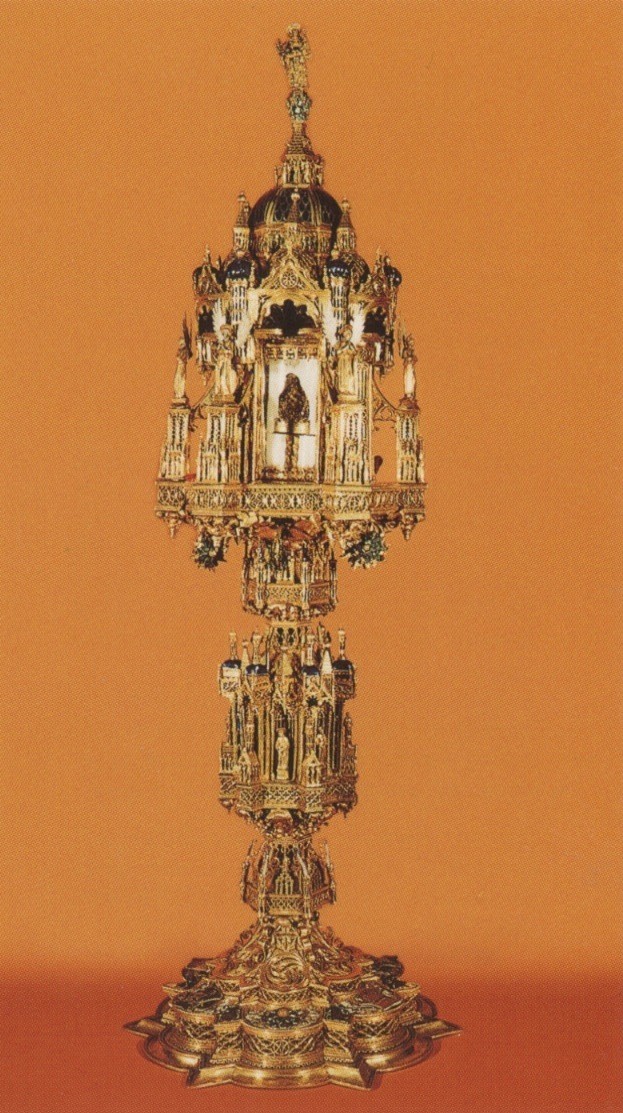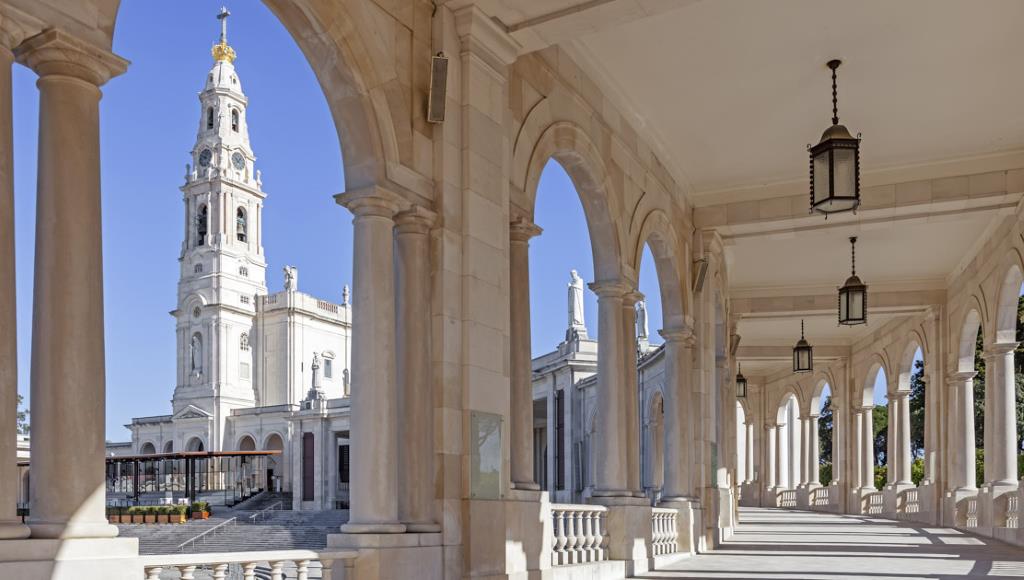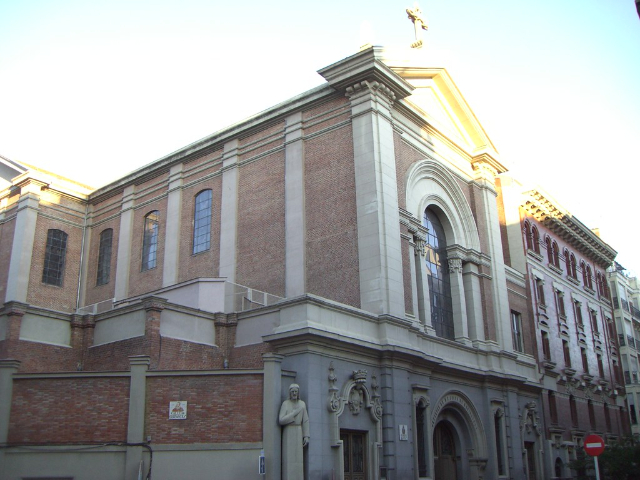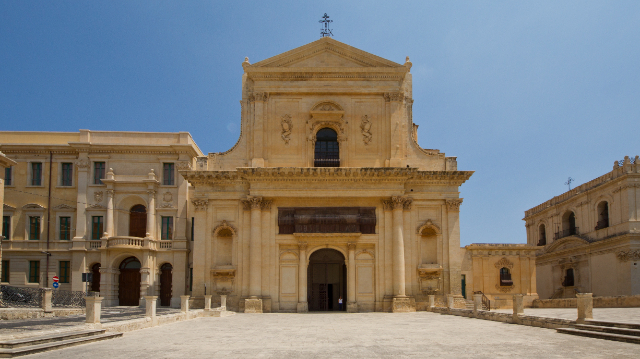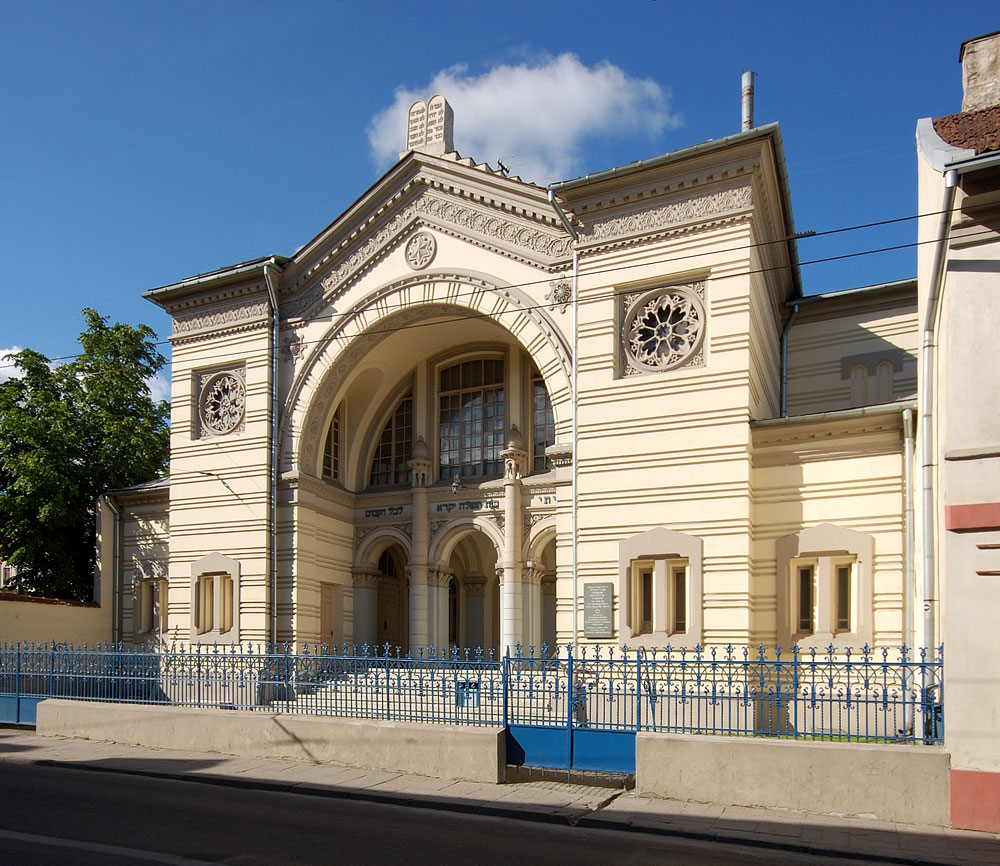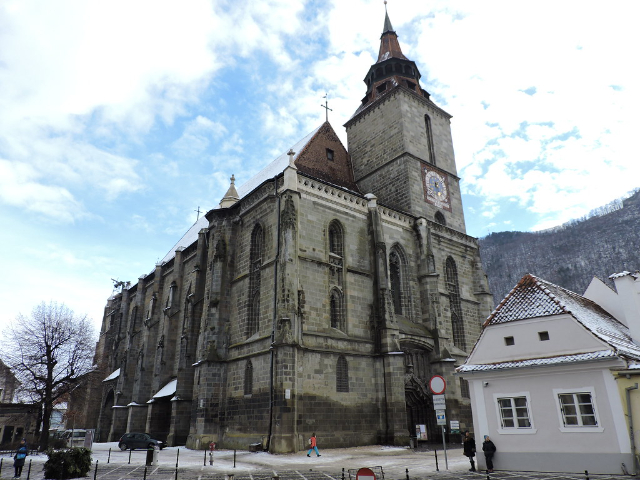It was April 8, 1263 when St. Bonaventure of Bagnoregio, then Minister General of the Franciscan Order, opened the case containing the remains of St. Anthony of Padua, who had died 32 years earlier and was acclaimed a saint just one year after his death. The intention was to move the sacred remains from the small church of Santa Maria Mater Domini, where he had been buried four days after his death on June 13, 1231, to the majestic Basilica built in his honor. The scene that presented itself to the eyes of those present, at the moment of exhumation, was astonishing: while of the entire body of the Saint nothing remained but a heap of ashes and bones, the tongue, on the other hand – despite its fragility being one of the first parts of the body to decompose – had remained intact, "rubiconda et pulchra", vermilion and beautiful, as Saint Bonaventure described it. The amazement and emotion of everyone was uncontainable: the Chronica XXIV Generalium reports that, in front of the portentous discovery, St. Bonaventure exclaimed: "O blessed Lingua, who has always praised the Lord and had him praised by others, now it is clear to all how many merits you have acquired with God". To guard such a priceless treasure, precious reliquaries were made over the centuries, up to the last one, made between 1434 and 1436, a precious work in gilded silver, which can still be admired today in the Chapel of the Treasure in the Basilica del Santo in Padua. During the Second World War, for fear of bombings, the Saint’s Tongue and Chin were removed from the reliquaries and hidden in an iron box for about two years. It was after this concealment, according to the testimony of the friars of the time, that the tongue was no longer as fleshy and erect as it had been before, but, nevertheless, the fervent devotion of the faithful to this illustrious relic never failed. In 1981, when, after centuries, another reconnaissance of the sacred remains was carried out, the scientists identified, among the mortal remains of the Saint, his vocal apparatus almost intact: even the hyoid bone and two fragments of the arytenoid cartilages, like the tongue, were preserved incorrupt, while all the other cartilages were flaked. Curiously enough, the recurrence of the Translation of the Saint’s relics, popularly known as the "Feast of the Tongue", is celebrated not on April 8th, but on February 15th, a date that recalls another recognition of the sacred remains, on the occasion of the visit of Cardinal Guy de Boulogne, miraculously cured by the Saint, who donated to the Basilica of Padua, in 1350, a very precious golden reliquary in which St. Anthony’s jawbone is still kept today.
